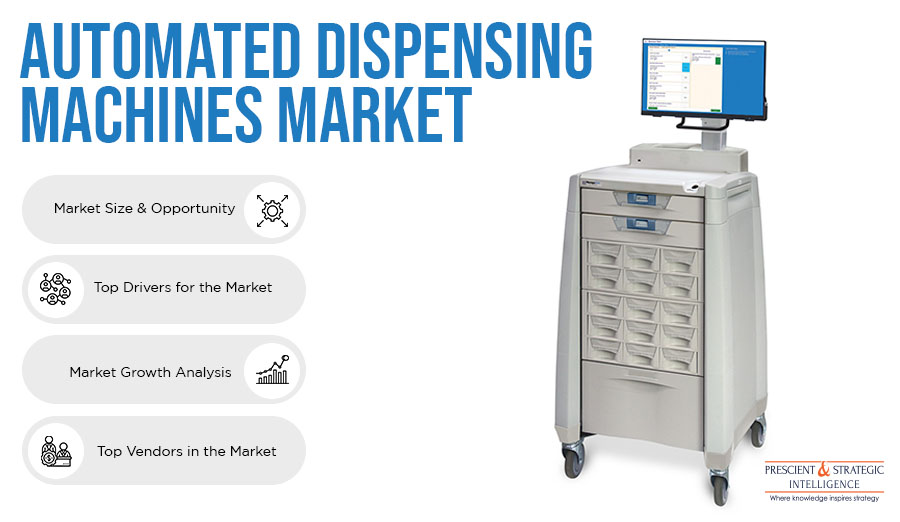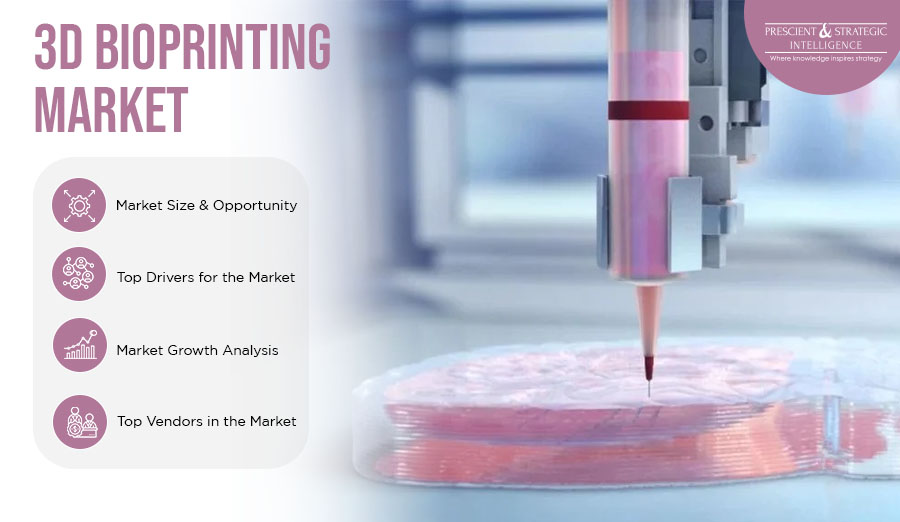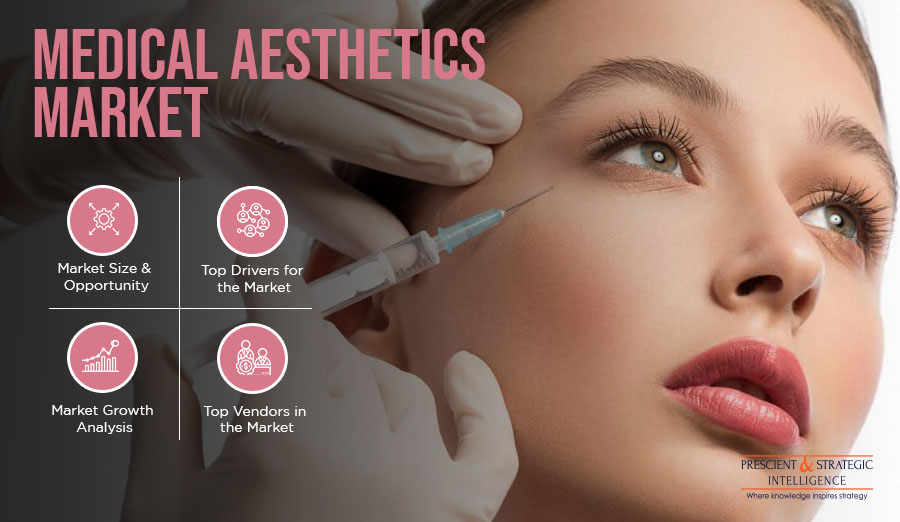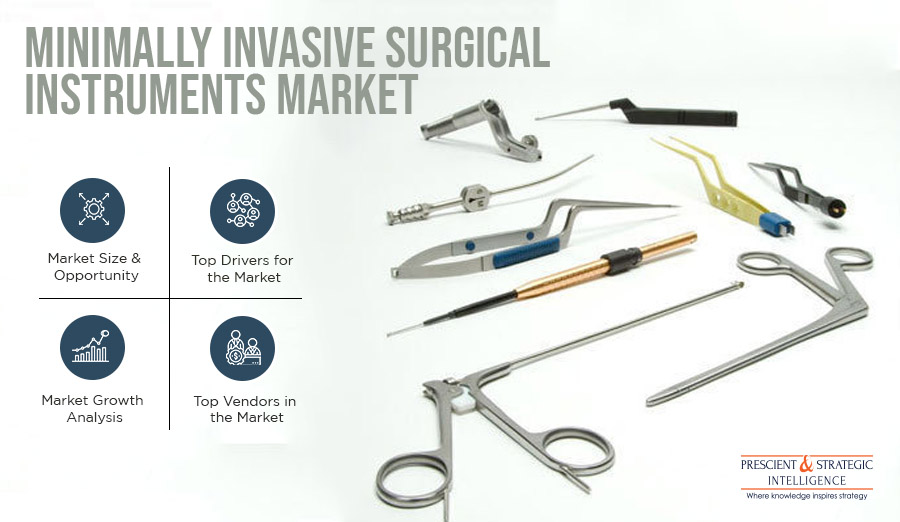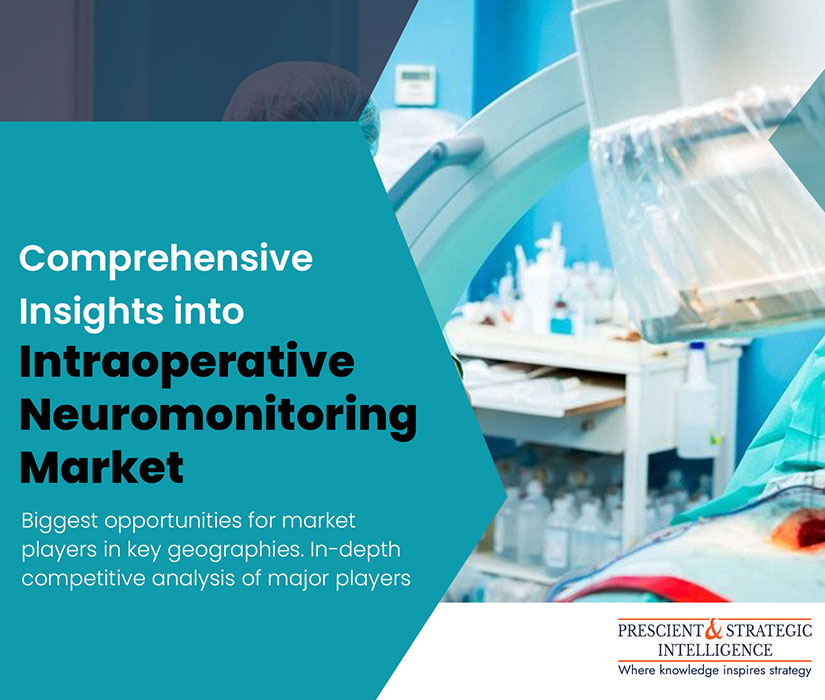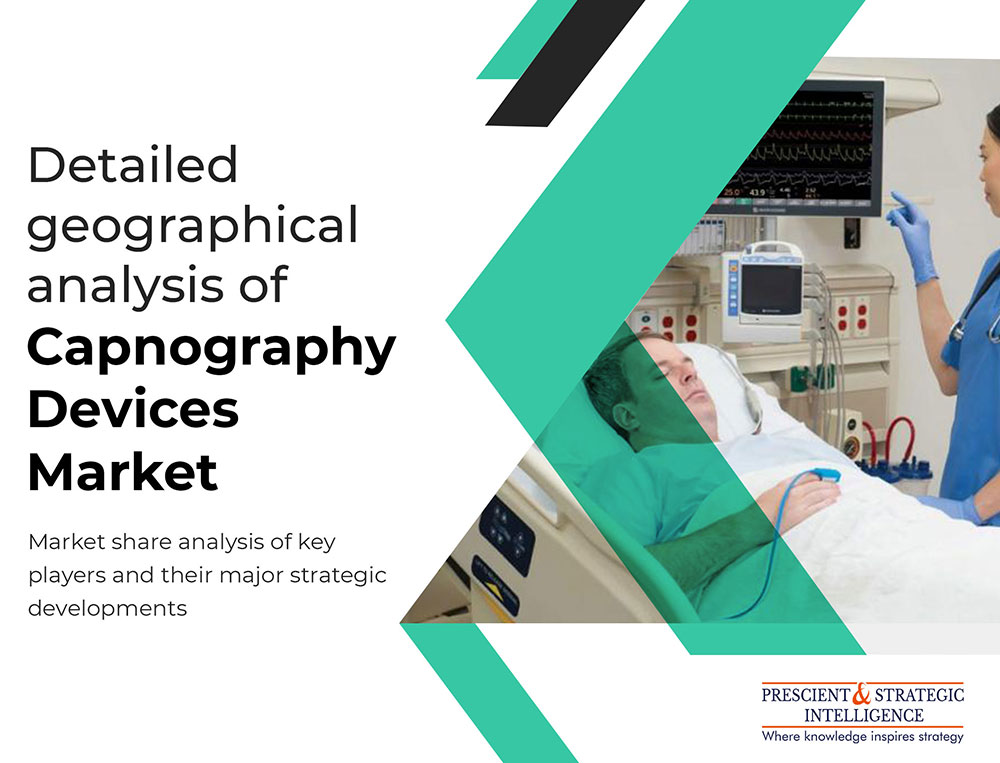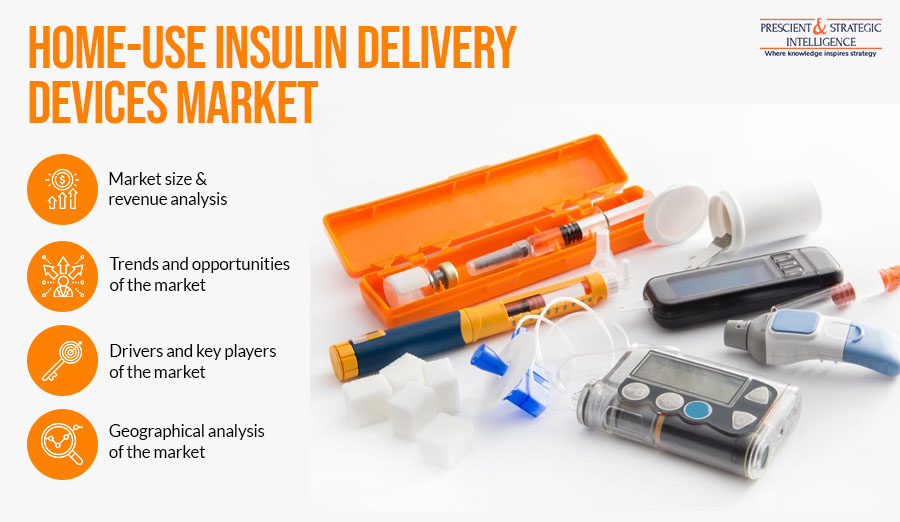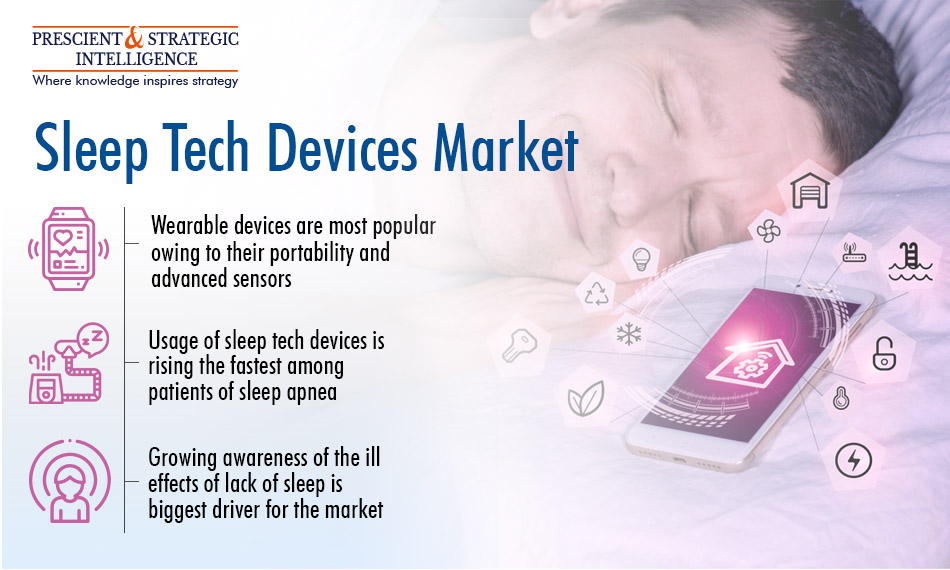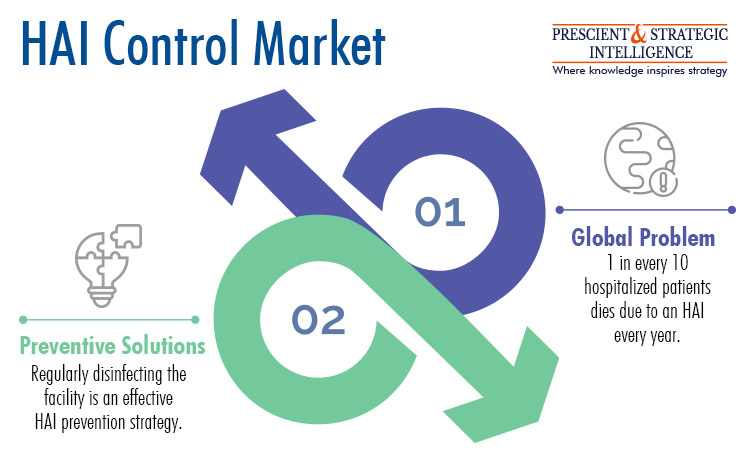The automated dispensing machines market is growing due to the increasing cases of medication errors, booming geriatric population, technological improvements in such systems, rising incidence of chronic ailments, surging number of patent approvals, and government initiatives to have such equipment in medical settings. Resultingly, the market value in 2020 was $1,673.0 million, and it will be $3,941.9 million in 2030. This revenue increase will likely be at a CAGR of 9.1% between 2021 and 2030.
The application segment of the automated dispensing machines market is bifurcated into in-patient and out-patient, of which the in-patient bifurcation was the larger during the historical period (2015–2020). This is attributed to the surging prevalence of chronic diseases and other issues, such as severe accidents and burns, which usually require people to be admitted to the hospital. Hence, due to the increasing cases of hospitalization, the installation of such systems in in-patient settings is rising fast.
Pharmacies and hospitals are the bifurcations of the market on the basis of end user. Of these, hospitals held the larger share in 2020 as these places are witnessing an increasing footfall. As hospitals employ trained professionals and boast cutting-edge medical equipment and systems, patients trust them the most for disease treatment and consultation. With governments taking initiatives to increase the access to quality healthcare, they are constructing more hospitals every year, which will keep driving the growth of this category during the forecast period.
One of the major reasons for the advance of the automated dispensing machines market is the increasing prevalence of medical error. Taking the wrong drug, or even the right one at the wrong time and wrong dosage, can lead to severe complications. In the U.S., over 100,000 cases of suspected medication errors are reported to the Food and Drug Administration (FDA) each year, which has strengthened the focus on medication management and patient compliance. Automated dispensing machines help in this regard by eliminating the role of humans in distributing medicines to doctors and patients.
The rising demand for medical drugs is itself due to the escalating prevalence of all types of chronic and acute diseases and physical trauma due to injuries, violence, and burns. Moreover, the geriatric population, which is set to number 1.5 billion in 2050 compared to 727 million in 2020, as per the United Nations (UN), is driving the requirement for drugs. This is because the elderly are more susceptible to diseases and at a higher risk of physical injuries.
Similarly, the increasing burden of chronic diseases is driving the automated dispensing machines market advance. Ailments such as cancer, cardiovascular diseases, chronic bronchitis, asthma, and diabetes are lifelong issues, which require non-stop medication for their management. For instance, diabetes patients need to administer insulin almost daily, while asthma patients must have a corticosteroid inhaler ready, to ward off an attack. Further, psychiatric disorders also require a long course of drugs, such as selective serotonin reuptake inhibitors (SSRIs) and serotonin-norepinephrine reuptake Iihibitors (SNRIs).
North America dominated the automated dispensing machines market in 2020 because of the increasing technological advancements in these systems, rising geriatric population, and surging burden of chronic diseases. Moreover, the region is home to the largest medical device sector in the world, which leads to an easy availability of advanced automated dispensing machines. Additionally, the heavy spending by state governments in the U.S. on healthcare makes these machines affordable for medical settings.
Therefore, with the strong focus on mitigating medication errors, the market will keep advancing in the coming years.

